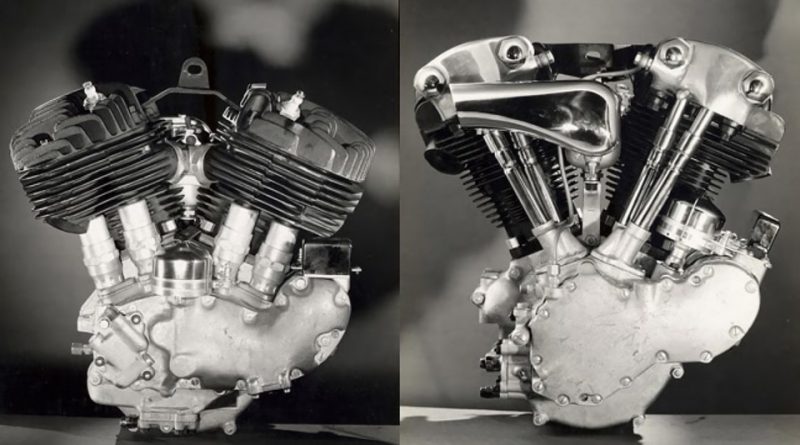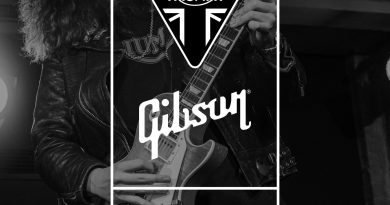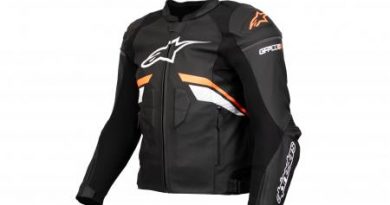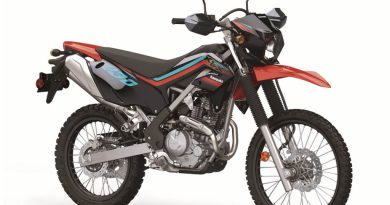The Story of the Harley-Davidson Knucklehead – Booze Fighters to Jet Fighters
Years in Production: 1936-1947
Engine Size: 61ci and 74 ci
Horse Power: 40hp
Knucklehead Fun Fact: The Knucklehead was Harley’s first big twin with overhead valve (OHV) dry-sump oil lubrication, oval Fat Bob tanks, and cat’s eye dash
Famous Harley-Davidson Knucklehead Riders: Joe Petrali, C.B Clausen
Tell me Something Weird About the Knucklehead: It was also designed as a single

Every so often, a motorcycle manufacturer introduces a new model to their line-up, which takes them to a whole other level. For Harley-Davidson, this was the 1936 Knucklehead.
The engine was a quantum leap from the old side-valve, Flathead. It was fast (relatively) and reliable (eventually) and came with a slew of innovations from the front to the back.
What is ironic, though, is that at first, Harley was hesitant to let loose their new baby. In the winter of 1935, they showcased the new model at the Schroeder Hotel in downtown Milwaukee.
Dealer reaction was good, but H-D was cagey, offering no test rides and no release date.
The 1936 Knucklehead – A Milestone Model
What made the Knucklehead such a milestone model? To answer this, we have to take a step back to its predecessor, the Flathead. The H-D Flathead had a side-valve layout, meaning that the valves were located in the engine block.
The cylinder head contained nothing more than a spark plug and a combustion chamber under its cooling fins, hence the name flat-head.
So if the Knucklehead was such a game-changer, does that mean the Flathead was not as good?
On the contrary, side-valve engines were easy to maintain, had fewer moving parts, and were cheap to make. Better yet, they ran forever. Harley started using side-valve engines in its Model W in 1919.
They were still using them in their three-wheeled utility motorcycle Servi-Cars in 1973. How’s that for a production run? Yet, Flatheads were slow and had problems related to warped heads, exhaust, and oil leaks due to overheating.
The 1936 61ci Knucklehead was the first Harley big twin to use an overhead-valve layout. This configuration means that the location for the inlet and exhaust valves is in the cylinder head. These are then actuated by pushrods mounted on the outside of the cylinders.

With the valves inside the head, they are much less affected by heat. Therefore it’s possible to tune them to produce more power. Power has always been king on the street, and the Knucklehead was producing around ten horsepower more than the Flathead.
Related: Enjoy the Harley-Davidson engine sound from 1903-2020 right here
To address its predecessor’s overheating problems, Harley also introduced the re-circulating oil system. This system saw an oil reservoir mounted to the rear of the engine.
Related: How to clean, condition and care for leather saddlebags

Total Loss Lubrication
It’s easy to gloss over this particular addition. Consider this though, before the Knucklehead, Harleys ran on total-loss lubrication!
It may be hard to imagine, but as it sounds, the Flathead’s lubricating oil was only required to make a one-way trip. Oil drip-fed from its reservoir in the left gas tank into the crankcases, splashed around the engine before it got burned up, blown out, or dripped onto the drive chain.
By comparison, the Knucklehead sported Harley’s first frame-mounted horseshoe oil tank. Inside the engine, a double-gear pump driven by the crank sucked oil from the tank, which circulated oil around the engine. The scavenger side of the pump then drew circulated oil from the crankcase back to the tank.
Need even more innovations? Then step this way. The Knucklehead is also the first Harley to sport the famous oval Fat Bob twin tanks.
The Harley-Davidson Evolution: The Bike That Saved The Motor Co.

Furthermore, that famous centrally-mounted cat’s eye speedo also appeared for the first time on the Knuckle. The beefed-up twin cradle frame was also new along with the extruded steel, Springer forks.
The Knucklehead’s Classic Symmetry
Make no mistake; the 1936 Knucklehead was a beautiful motorcycle. Everything from the Knuckle’s deep balanced fenders to its Springer forks and high-mounted headlamp all came together to create a timeless classic symmetry.
“Cast iron is suitable for casting the type of complex shapes needed for the new cylinder head’s design. But it sucks at dissipating heat.”
Those famous clenched-fist rocker covers (that gave the Knuckle its name), also made a feature of the engine for the first time.
Before we get too carried away though, the first production year Knuckleheads weren’t without their problems. Cast iron is suitable for casting the type of complex shapes needed for the new cylinder head’s design. But it sucks at dissipating heat.
Despite 13 front and rear cooling fins, the heads still overheated. What’s more, the gasket material of the day couldn’t stop the oil from leaking out. There were also problems with oil reaching the top end, and when it did, most of that leaked out too.
The valve springs were also a miserable fail. All these problems resulted in the distribution of hastily redesigned rocker sets being sent to dealers to cover the entire year’s 1,704 production output.
Indian Motorcycles and the Brit Invasion
Harley had managed to iron out many of the oil leak problems before the launch in March 1936. With archrivals, Indian, breathing down their necks and the Brit invasion gaining pace, they couldn’t afford to wait until every problem was resolved.
For these reasons, the first year of production of less than 2000 E and EL units became the subject of almost constant upgrades. These included changes to the timing covers, kick-start gearing, and revisions to the pinion gear shaft.
The oil tank and oil lines had three versions tested, as well as rocker arm shaft modifications. Even the frame was subjected to some toughening up around the gearbox.
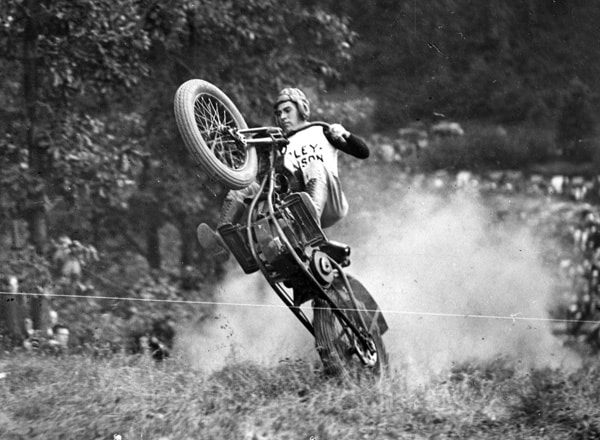
The Knucklehead’s potential was so evident that dealers and customers alike put up with all its teething troubles. Not everyone at the factory was happy to see it roll out the doors, though.
Joe Petrali was at one time Harley’s only professional racer. His dirt track and hill racing career being so packed full of national championship wins meant H-D didn’t need anyone else.
Together with engineers, Hank Syverson and William Ottaway, Petrali became instrumental in developing the all-new 61ci OHV engine. Although wanting the launch delayed, the three men decided to prove what a stomping motor the Knucklehead was.
Giving the Knucklehead Some Punch
In the spring of 1937, with their eyes set on the motorcycle speed record, the trio headed for Florida.
Indian had held the record for 11 long years, and Harley finally figured they had an engine that could kick them off the top slot.

At that time, Daytona Beach, Florida, was already established as a venue for motorcycle racing and speed records. At low tide, a strip of hard-packed sand over 20-miles long and 500-ft wide provided the stage for five of Malcolm Campbell’s nine land-speed records.
The bike they took to Daytona had a 61ci EL motor, twin carbs, high lift cams, and high compression pistons. The whole caboodle was then stuffed into one the factory’s ultra-strong and lightweight DAH frames, specially developed for hill climbing.
The $1000 Carrot to Beat the Record
The gearing in the Knucklehead was good for a theoretical 160-mph. Even with H-D dangling a $1000 bonus (enough to buy three Knuckleheads), if it hit 150-mph, pushing the bike to those kinds of high numbers was a tall order.
To help cheat the wind, sheet metal covers enclosed the forks. One half of a gas tank was fashioned into a small fly-screen and huge (innovative for the time) streamliner bodywork covered the entire back end.
Interestingly, almost every photo of the machine shows this bodywork in place, along with an enclosed front wheel. That, however, is not how it looked when Joe Petrali thundered across the Daytona sand.
On one of his shakedown runs, Joe was approaching 124-mph when the front end (as reported by Motorcyclist Magazine) ‘literally started to fly”.
Petrali’s Knucklehead Goes for the Record
Back with the pit crew, Joe ordered the bike stripped of everything but the fork covers and fly-screen. Down to its bare-bones, running on 21″ x 2.5″ tires and upside-down handlebars, was how he broke the record.
Learn all about the H-D Twin Cam engines right here

In boots, a wooly jumper, and a football helmet, ‘Smokey’ Joe Petrali stuck his chin on the tank pad and gave it a handful of gas.
The result was a top speed of 136.183-mph, a new land speed record for its class. The record lasted over a decade before a Vincent HRD Black Shadow ridden by a guy wearing a swimsuit took it back (but that’s another story).
The speed record was a great shot in the arm for Harley’s newly-launched Knucklehead, but that wasn’t the only record-breaking run Joe Petrali made that day.

Although overshadowed by the Knucklehead’s victory, for an encore, Joe also pushed a Flathead to 102.047-mph, taking the 45ci Class C record.
Joe Petrali’s hot Harley wasn’t the only kick-ass Knuckle out there either, and the story of the first-ever Knucklehead stroker is the stuff of legend.
Ever heard of the Booze Fighters? They were the outlaw bike club in the middle of Hollister Riot back in 1947 and the inspiration for the movie ‘The Wild Ones.’
The Ultimate Knucklehead Street Sleeper
One of the original members of the club, Gil Armas, was in his garage one day tearing down his two bikes; a 74” Flathead and a 61” Knuckle. His good friend and fellow club member, C.B Clausen, called in to say “hi,” and seeing the two engines in bits, had an idea to mix and match the parts.
Harley-Davidson Panhead – The Most Recognized Motorcycle In The World
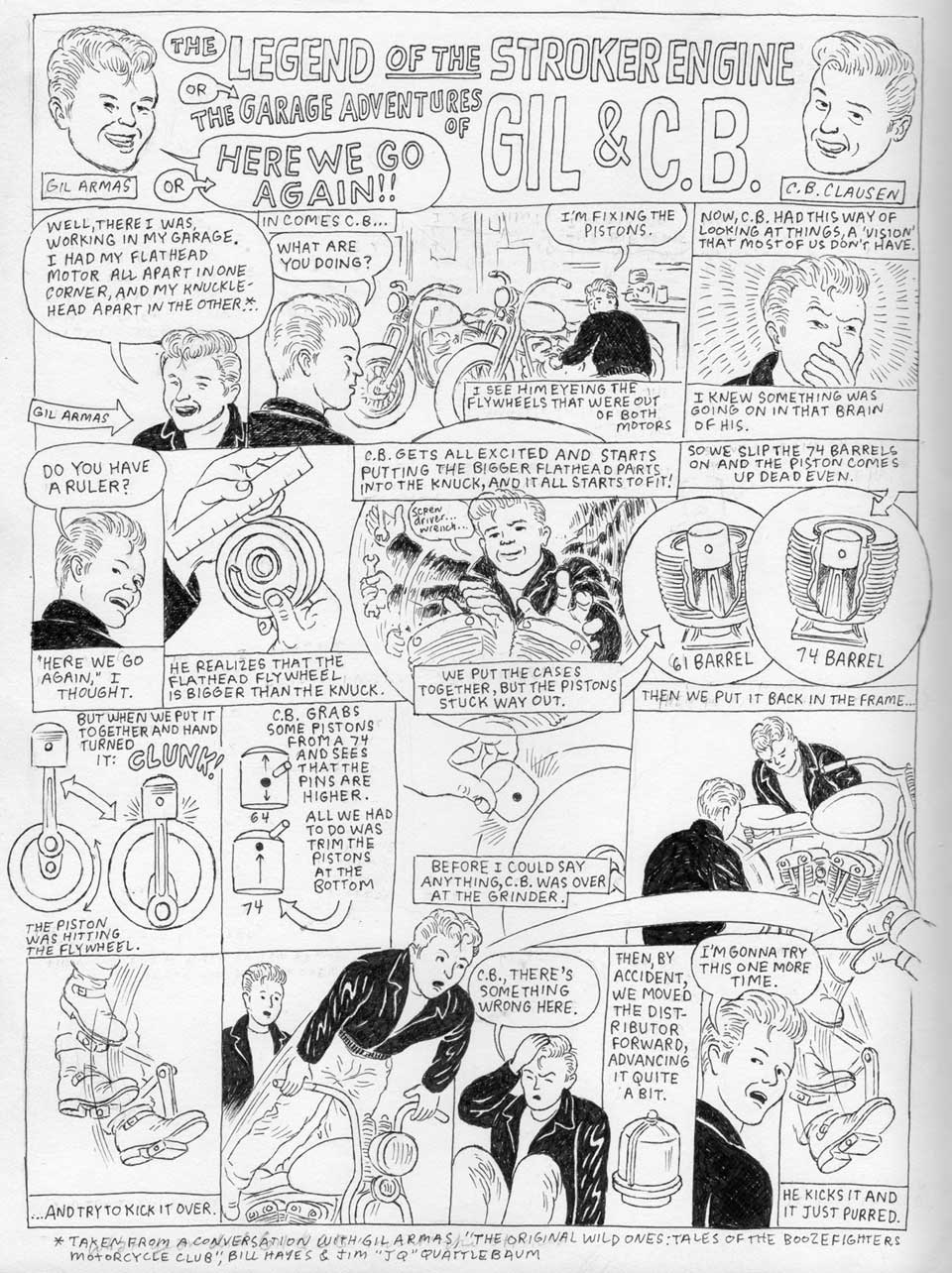
They took the Flathead’s larger crank and con rods, put it in the Knucklehead cases, added the 74” barrels, shortened the piston skirts, and advanced the timing. When reassembled, the engine looked like a stock Knuckle, but what they had was the first Harley- Davidson Stroker and the ultimate street sleeper.
Clausen, together with Bud Hood, went on to expand on the idea with a full-on drag engine. With high compression pistons, hot cams, and twin Riley carbs, though, the standard cylinders blew apart. Undeterred, Clausen made his own from blocks of solid steel, finishing the fins by hand.
Modifying the crankcases to take a chain-driven magneto, the bike ran on a Nitro/alcohol mix. The highly volatile fuel was hand-blended on the day to allow for temperature and humidity changes.
Brute versus the Jet
Christened ‘The Brute,’ the bike gained a reputation around California for destroying everything that pulled alongside. To put ‘The Brute’ to the test, in 1952, ‘Cycle Magazine’ arranged the impossible. ‘The Brute’ would race a USAF jet.
Related: TOP-10 Retro Motorcycle Gloves

The summer of ’52 saw Louie Castro onboard the Knucklehead lining up on a parallel runway to a Lockheed T33 Shooting Star. With ‘The Brute’s’ un-silenced roar almost drowning out the whine of the jet, the contest was over before it began.
Bare Knuckle Ride
The fire-breathing Knucklehead only had to take a practice run, and the flyboys threw in the towel. Pilot Irvine Prait, saw the bike run, knew his jet could cover the quarter mile in around 10.5 seconds, and famously said, “we’re no match for that baby.”
The Air Force wasn’t ready to call it a day, though, and they wheeled out a 1,650 horsepower P-51 Mustang. Although the Rolls-Royce Merlin engine was propeller-driven, it was faster down the runway than the jet. ‘The Brute’ had its work cut out.
The race was extended to a half-mile, and the fighter was allowed to start first. As everyone expected, the Mustang charged ahead, leaving ‘The Brute’ in its rearview mirror.
Halfway down the runway and with the Mustang now airborne, the slick back tire on ‘The Brute’ finally gained traction. The overhead-valve Knuckle roared down the runway thundering past the plane. It crossed the finish line four plane lengths ahead! According to Cycle Magazine, ‘The Brute’s’ fastest quarter mile was timed at 9.4 seconds.

The Knucklehead gets an Art Deco Face Lift
Although off to a shaky start when first launched, the 1936 Knucklehead remained in production until 1947. Along the way, H-D made updates and improvements almost every year.
In 1941, the motor factory went into overdrive. It upped capacity to 74” and brought in design legend, Raymond Loewy, to give the Knuck an art deco face-lift.
Many believe the Harley-Davidson Knucklehead to be one of the most aesthetically pleasing Harleys ever built.
Learn all about the H-D Twin Cam engines right here

Knucklehead FAQ
Which is the rarest Knucklehead model? – The original 1936 launch model is possibly the rarest, but the 42 is considered the most sought after as only 799 civilian bikes were produced before Harley-Davidson started producing military models
How fast is a Knucklehead? – The 1947, 74ci Knucklehead could reach 110mph.
Can I still buy a Harley-Davidson Knucklehead? – Yes you can, but you will need deep pockets. An original and unrestored ‘46 or ‘47 will cost anything from $30 to $70k, while a ‘mint’ ‘38 will reach six figures. If a Knucklehead has provable provenance like the 1941 EL pictured below in untouched condition with original ‘Hollywood Green’ paint, you’re looking at $220,000!
When you’re talking about the Knucklehead engine, what does 61ci and 74ci mean? – These figures relate to the cubic capacity of the engines e.g 61ci is 1000cc and 74ci is 1200cc.

The Harley-Davidson Shovelhead: Last Of The Heads But History By The Shovel-Ful!
The post The Story of the Harley-Davidson Knucklehead – Booze Fighters to Jet Fighters appeared first on Old News Club.

